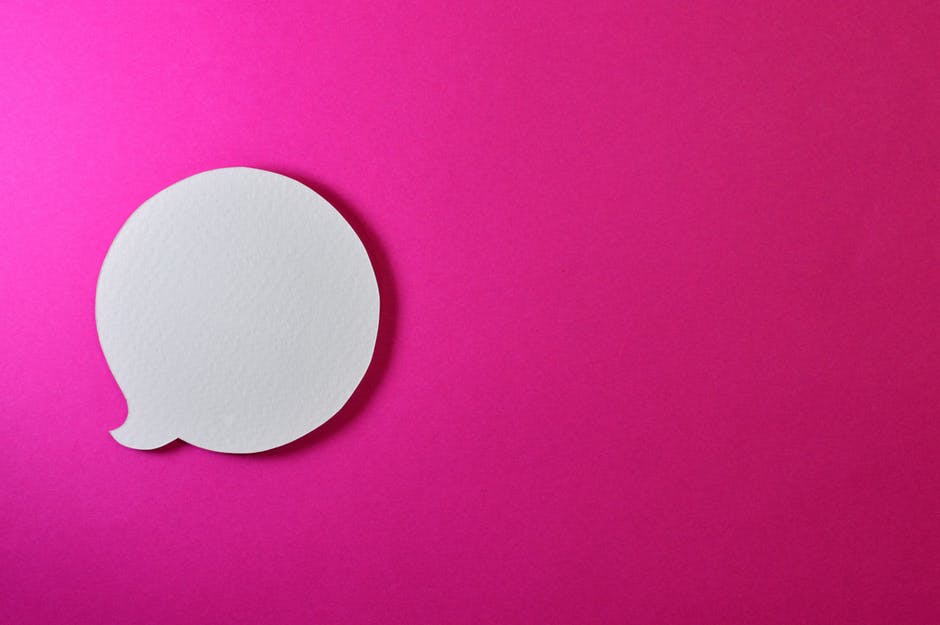
Story time!
Some years ago, I was running a small online preloved clothing store. One particularly busy weekend, I was running late for my last meetup and was frantically texting with my customer in a crowded FX. I almost reached my destination when I remembered that I haven’t yet paid my fare. In my panic, I grabbed the first bill I found in my purse and told the driver, “Sis, bayad po.” He raised two eyebrows at me and replied, “San ‘to, sis?
Whew. Sis. In the land of online sellers, there is an unspoken rule that everyone who buys from you, inquires about your stuff, or even simply asks for a WW (when worn) photo is automatically a sis. It doesn’t matter if you’ve never met or if your first and last interaction is during your exchange of payment and goods. Everyone is a sis, and there are no exceptions.
But how did we get here? When did everyone become a sis or a momshie?
Let’s take a few steps back.
The Evolution of Endearment
There was a time when terms of endearment meant giving every single girlfriend a unique pet name. The friend who was the same height, had the same shoulder-length hair, and who was in the same choir group and cheerdancing team with you was your twinsie. The friend who shared the same love for wafer sticks was your Stick-O (the same rule follows for the friend who loved popcorn, or bacon, or pandas).
But there was only one sis, and it’s reserved for the one closest to you. For your sister from another mother. The one whom the Universe assigned to another home because your mother would not have been able to keep her sanity had you been real sisters.
Then, there was also the term bes, for your best friend in the world. Beb for your dear girls who aren’t quite a sis or simply girl for everyone else.
But way before that, our Moms had a different way of referring to their friends. A confidante was always a mare, and a partner in crime was an amiga, Mom got into a fight with her SO (also your Dad)? Wait til mare hears about it. Up for a game of mahjong? Hope amiga’s not too busy
But as a wise old man (let’s just call him Jose Mari Chan) once said, life is a constant change. Nothing stays the same. This much is true when it comes to terms of endearment.
The Divine Secrets of the Beshywap Sisterhood
Okay, beshywap as an endearment is not exactly a secret, and it may be a little less than divine. But from the old-but-straightforward bes, Millennials — the creative but sometimes confusing generation of life hackers — came up with their own special endearment: beshywap.
Then there is mumsh, mumsht, or momshie. Different variations, but they all basically just mean mom. Mommy. Mother. No one really knows of its etymology. But remember Jolina Magdangal? The trend-setting, butterfly clip-wearing celebrity who rose to fame in the 90s? Well, she’s now Momshie Jolens, 1/3 of the Jolina Magdangal – Karla Estrada – Melai Cantiveros trio, who delights viewers daily with their chirpy exchange of “Magandang buhay, mga momshies!” The trend has been around before the show started, but it sure helped with its proliferation.
Mare has evolved into mars. Beshywap and beshiecakes are basically just bes, but with more spunk. And they’re no longer exclusive terms. These days, everyone can be a besh, a mars, or a momshie.
Millennials have their own special language, it seems. If receiving a text that says “R u g for dindin later (are you game for dinner later)?” congratulations, you’ve been millennial speak-ed. Savage lit, fam—if you’ve been hanging out with the millennial crowd, you’ve probably heard of these.
Your Facebook newsfeed has also probably seen a multitude of memes that feature seemingly outlandish local terms like “lodi,””petmalu,” “don’t me,” and “sana all.” In the realm of modern terms of endearment, we have beshywap, beshiecakes, mumsh, mars, and even cyst — what do these even mean, anyway?
More than an Endearment, Beshycakes
Language is ever evolving and more than an instrument of communication, it is a mirror of a nation’s culture and even its current state.
According to Roy Cagalingan of the Komisyon sa Wikang Filipino, the method of rehashing words was used by revolutionaries to keep their identities a secret. Marcelo H. del Pilar, for instance, went by the pseudonym “Plaridel,” a jumbled version of his last name.
Filipino slang can be inspired by foreign terms. It can also be based on onomatopoeia or the formation of a word from a sound. For example,”tsugi,” a term that means “to die, was taken from the tsug sound the knife makes as it penetrates the flesh of someone being stabbed to death.
Cagalingan and Jay-ar Igno, a Linguistics professor at the University of the Philippines, agree that Filipino lingo invented during a certain era well captures the spirit of the times and can even define subgroups in the culture. “Jobos or Jobus the local term for coloring dye, for instance, was adapted from Dr. Joe Bush, who in the 1940s, owned a laundry cleaner and dyer at Plaza Santa Cruz in Manila where he sold small packets of powdered dyes under his name.
The vocabulary of gay lingo or “swardspeak” (after radio broadcaster and columnist Tita Swarding) also attests to this. In the essay “Language, Sex, and Insults: Notes on Garcia and Remoto’s The Gay Dict,” Ronald Baytan describes the invention of swardspeak (now also referred to as bekimon or bekinese) as the gays’ method of turning the source of their oppression and their desires, into the source of their self-affirmation.
Did you and your best friend also have a language of your own? What was your unique term of endearment?
